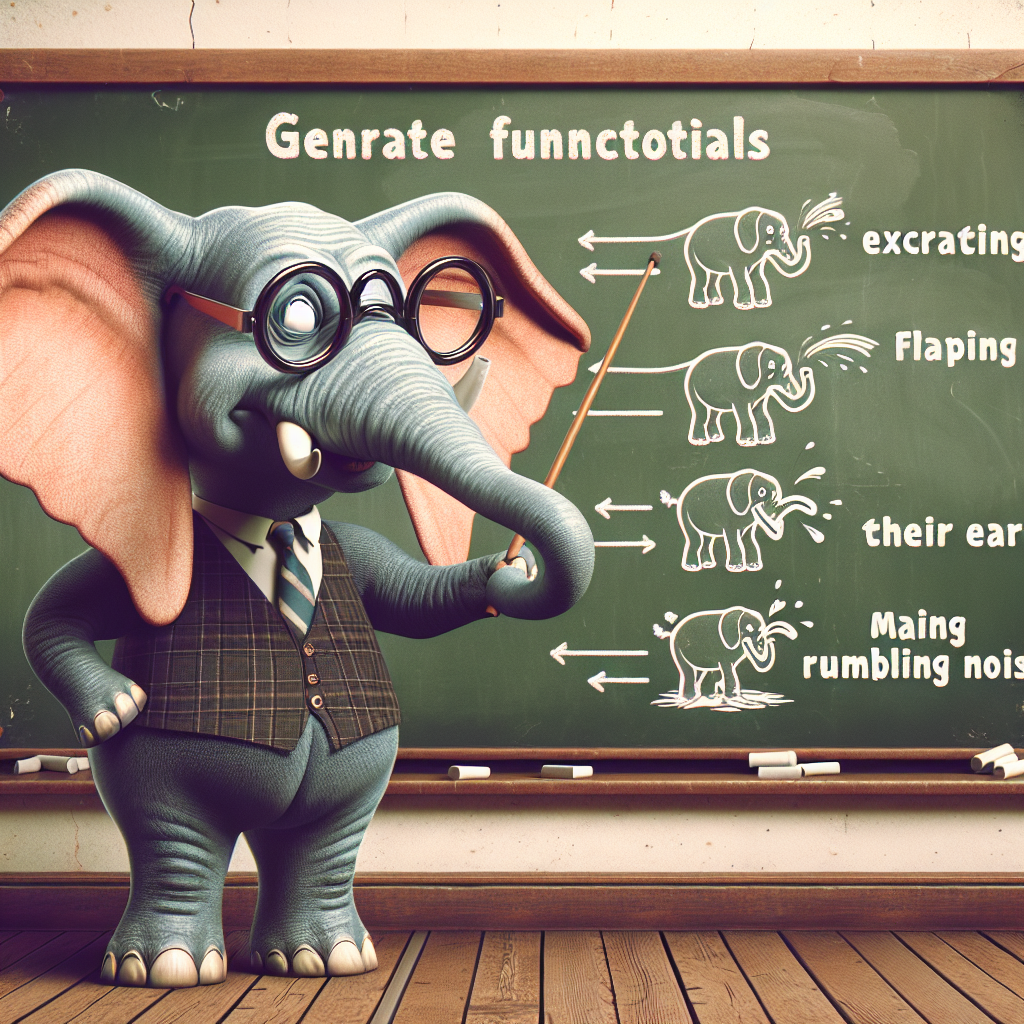Summary made by ChatGPT
Discovery Details
The paper explores the prediction of singing voice preferences based on perceptual rather than acoustic features. The key finding is that while acoustic features and those derived from Music Information Retrieval (MIR) show minimal predictive value for liking ratings, perceptual features explain about 43% of the variance in these ratings. This suggests that aesthetic appreciation of singing voices is based more on subjective perceptual interpretation than on objective acoustic properties.
Methodological Breakdown
The researchers employed a two-experiment approach, using both online and lab settings to gather data on participants’ preferences for a cappella singing performances. They utilized linear mixed models to correlate perceptual and acoustic data with liking ratings. Innovatively, they examined a broad array of perceptual features, which significantly outperformed acoustic features in predicting preferences, highlighting the perceptual dimensions’ dominant role over purely acoustic analysis.
Challenges and Opportunities
A primary challenge noted is the low inter-rater reliability in perceptual ratings, suggesting significant individual variability in preferences. This limitation opens opportunities for future research to explore the underlying psychological mechanisms that influence these perceptions and preferences, potentially involving neuroimaging or psychophysiological techniques.
TLDR
The study demonstrates that perceptual features of singing voices, rather than acoustic features, are significant predictors of listener preferences. This shifts focus from objective measures to subjective perceptions, challenging existing theories on aesthetic appreciation and suggesting new directions for voice and music research.
AI Thoughts
The findings could revolutionize how music is composed, performed, and marketed, emphasizing customization to audience perceptions over traditional measures of musical quality. This could also impact voice synthesis and AI in music, suggesting that algorithms focusing on perceptual outcomes might better cater to human preferences. Further interdisciplinary research could explore the neurological basis of these perceptions to enhance AI models that emulate human aesthetic judgments.


